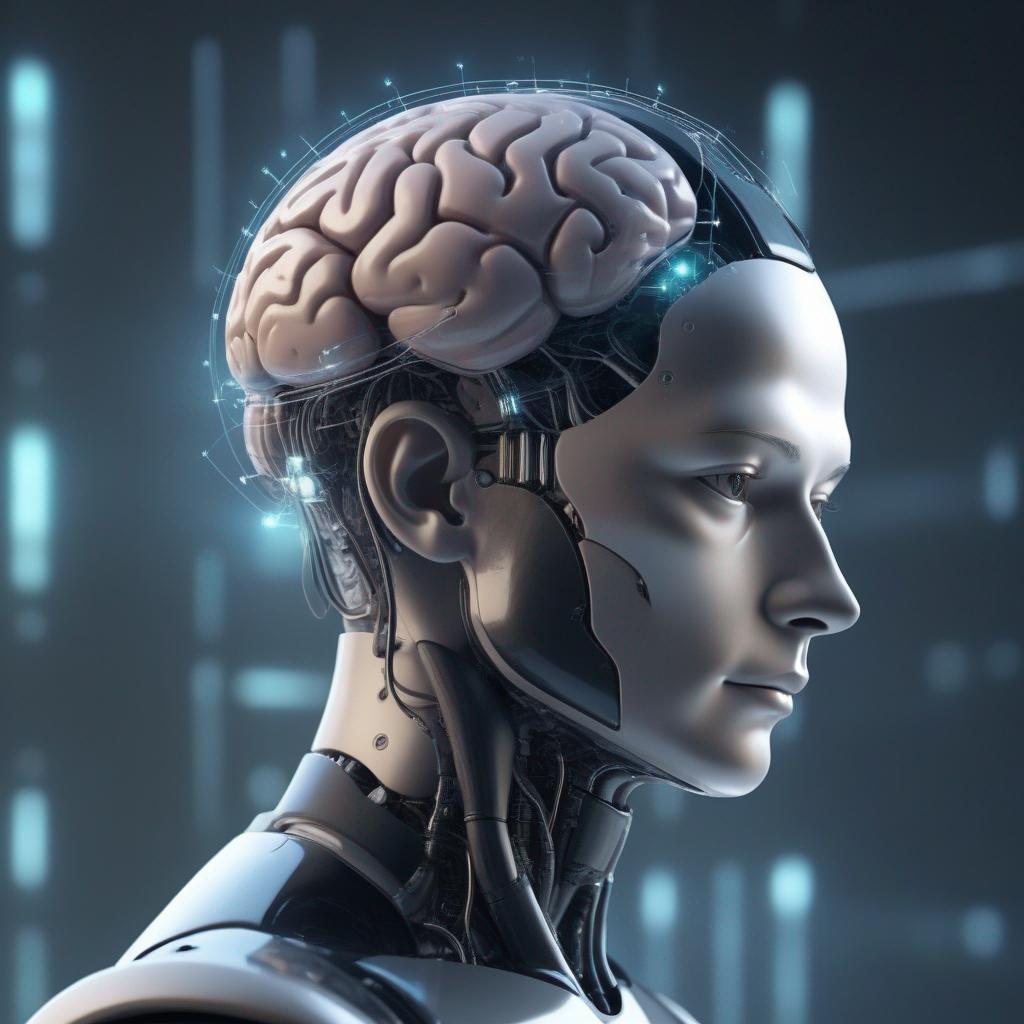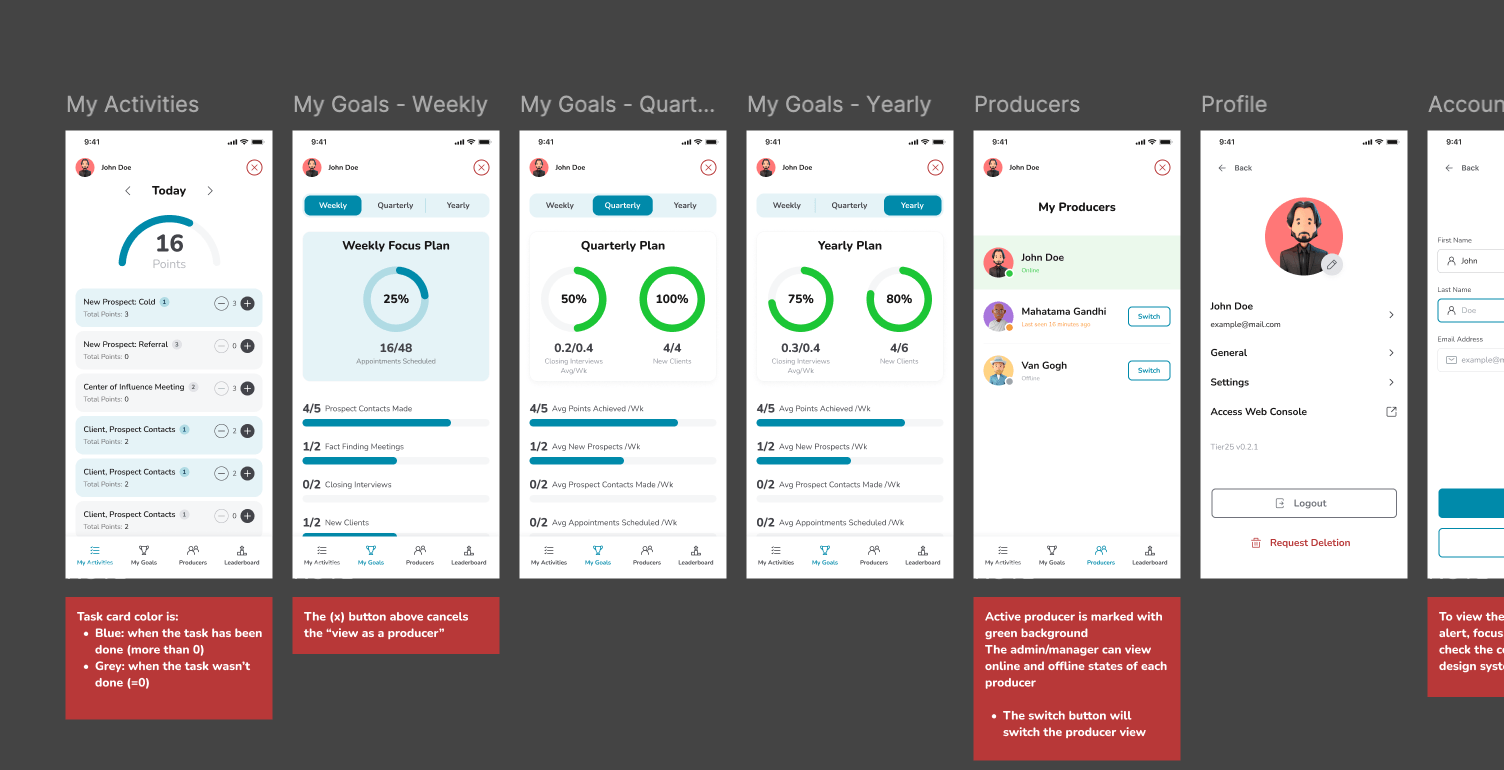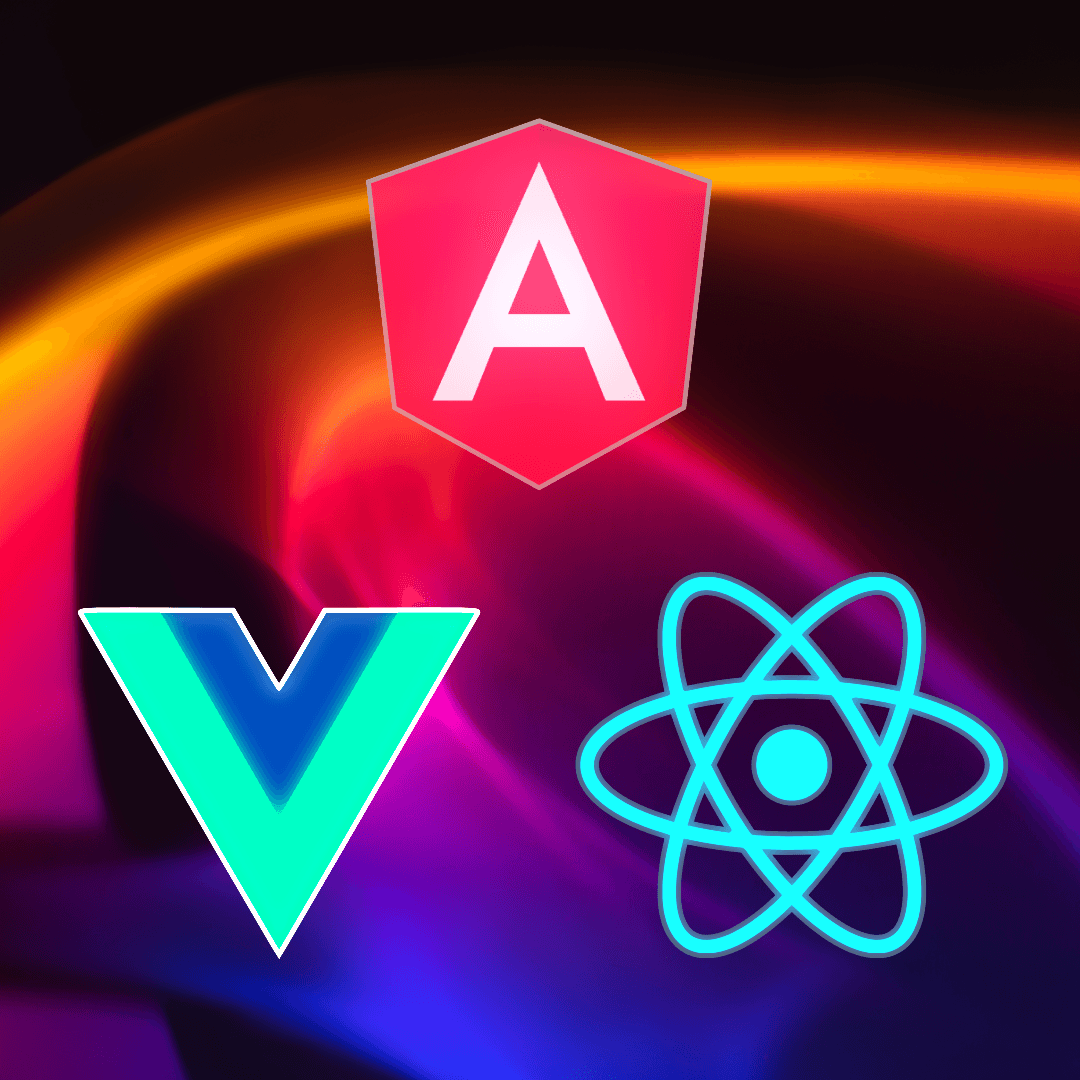The Future of Software Development: Emerging Technologies and Trends

In the fast-paced realm of technology, the landscape of software development is constantly evolving. As we step into the future, a myriad of emerging technologies and trends is set to reshape the way we conceive, build, and interact with software. In this exploration, we'll delve into some of the most promising advancements, including machine learning, augmented reality, and the Internet of Things (IoT).
1. Machine Learning Revolutionizing Software Intelligence:Machine learning (ML) has emerged as a transformative force in software development. With the ability to analyze vast datasets and learn patterns, machine learning algorithms are powering applications that can make predictions, automate decision-making processes, and continuously improve over time. From recommendation systems to natural language processing, machine learning is at the forefront of creating intelligent, adaptive software.
Example: Integrating machine learning into customer relationship management (CRM) software to predict customer preferences and automate personalized interactions.
2. Augmented Reality (AR) Redefining User Experiences:Augmented reality is breaking new ground by merging the digital and physical worlds. Software developers are leveraging AR to create immersive experiences that enhance user interfaces and interactions. From mobile applications to training simulations, AR has the potential to revolutionize how we engage with software, opening up opportunities for creativity and innovation.
Example: Developing AR applications for hands-free guidance in complex tasks, such as assembly or maintenance procedures.
3. Internet of Things (IoT) Connecting the Digital and Physical Realms:The Internet of Things has evolved from a concept to a reality, connecting everyday devices to the internet and enabling them to communicate with each other. In software development, IoT offers the potential to create smart, interconnected systems that gather and analyze real-time data. From smart homes to industrial automation, software is at the core of harnessing the power of IoT.
Example: Building software solutions for smart cities that optimize traffic flow, energy consumption, and public services based on IoT sensor data.
4. DevOps and Continuous Integration/Continuous Deployment (CI/CD):DevOps practices, along with Continuous Integration and Continuous Deployment, are becoming standard in the software development lifecycle. These methodologies emphasize collaboration, automation, and rapid delivery. By streamlining development and operations processes, software development teams can respond quickly to changing requirements and deliver high-quality software at a faster pace.
Example: Implementing CI/CD pipelines to automate testing, deployment, and monitoring, ensuring rapid and reliable software releases.
5. Edge Computing Enhancing Performance and Responsiveness:As the demand for real-time processing increases, edge computing is gaining prominence. This approach involves processing data closer to the source of its generation, reducing latency and enhancing performance. In software development, edge computing is influencing the design of applications, especially those requiring low-latency responses.
Example: Developing edge-enabled applications for real-time analytics in industries like healthcare or manufacturing.
Conclusion:
The future of software development is an exciting journey into uncharted territory, where innovation and technology converge to redefine possibilities. As machine learning, augmented reality, IoT, DevOps, and edge computing become integral parts of the software development landscape, developers have an unprecedented opportunity to shape the way we live, work, and interact with technology. Embracing these emerging technologies will not only propel software development forward but also pave the way for a future where innovation knows no bounds. As we stand on the cusp of this technological revolution, the only certainty is that the journey ahead promises to be both challenging and immensely rewarding.









